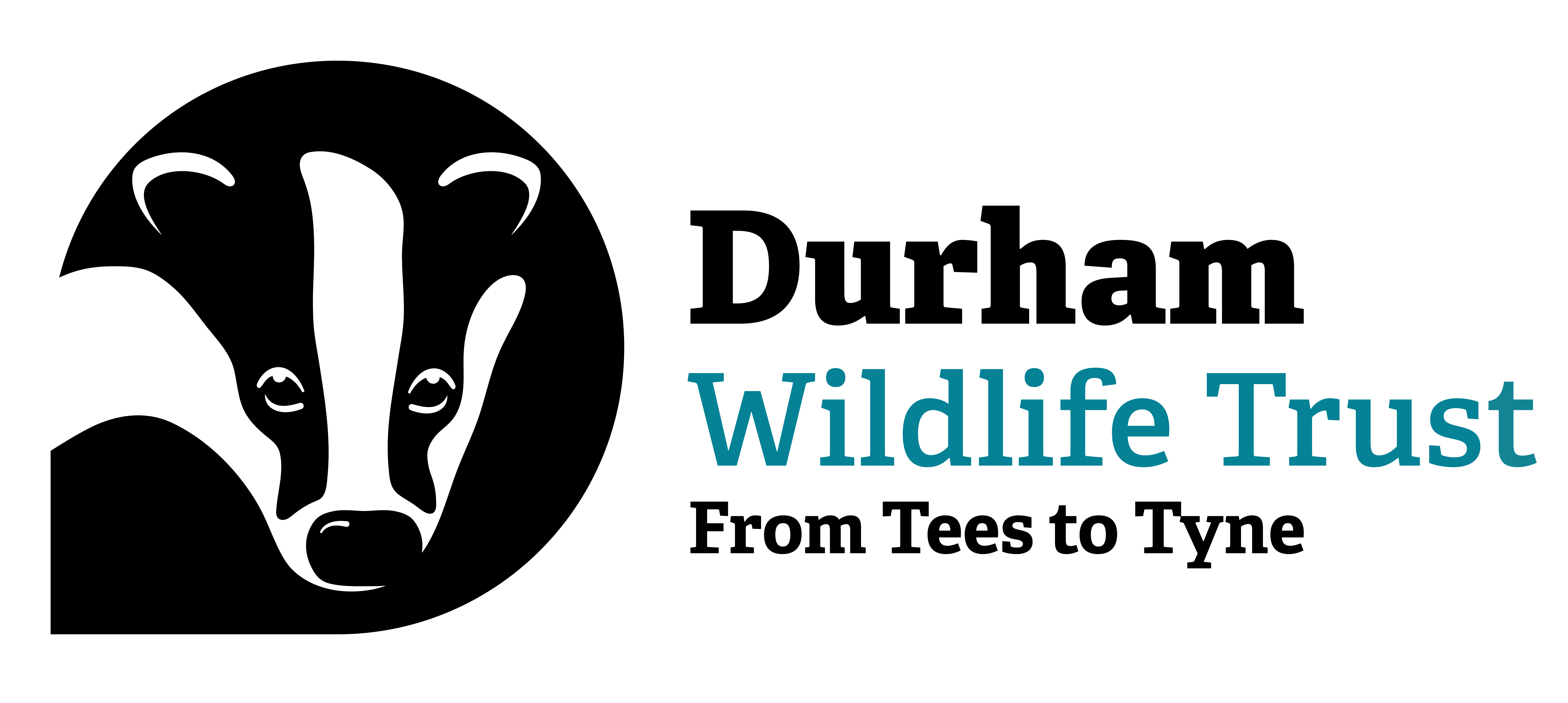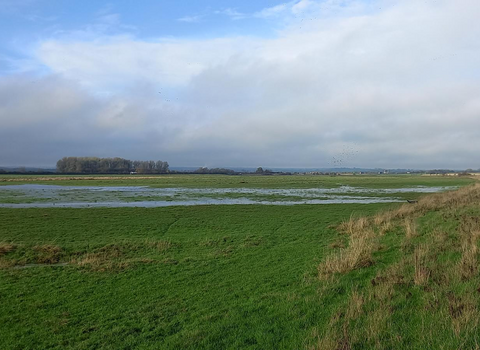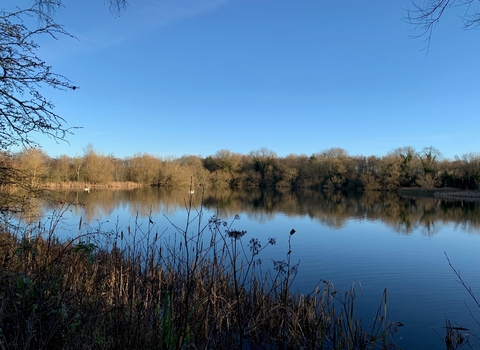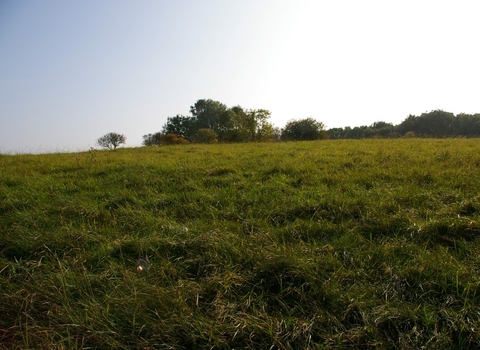Please note, the Visitor Centre will be closed on 24th, 25th, 26th December & 1st January 2026.
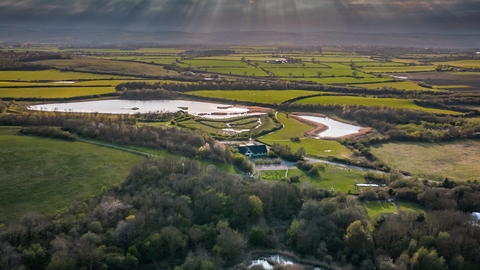
Joe's Pond and Rainton Meadows aerial view. Photo by Michael Williams.
Know before you go
Dogs
When to visit
Opening times
Reserve accessible 24/7/365, with vehicle access from 9.30am - 4.30pm each day. Visitor centre open 10am-4pm seven days a week.Best time to visit
March to July, June to SeptemberAbout the reserve
Rainton Meadows was created by the restoration of the Rye Hill Opencast coal mine in 1996 by UK Coal in partnership with Durham Wildlife Trust and the City of Sunderland.
Home to Durham Wildlife Trust’s headquarters. The visitor centre is open seven days a week from 10am – 4.30pm as is the nature-themed WildPlay area. The centre has a range of facilities including toilets, a classroom, meeting rooms and a coffee shop.
There is an excellent network of accessible pathways linking viewing areas that look across the lakes and wetlands, with areas of grassland and woodland completing the habitats on site.
Although a relatively new site Rainton Meadows has developed into a significant area for wildlife over the last 20 years. The wetlands and grasslands support a wide range of birds and over 200 species have been recorded. Waders such as redshank, oystercatcher, lapwing are regularly seen and also more unusual species such as little ringed plover. All five species of UK owl can be seen at different times of the year and there are good numbers of warblers, finches, tits and farmland birds.
Stoat, weasel, brown hare and roe deer are regularly seen and the wetlands attract numerous dragonflies and damselflies. Butterfly numbers are also high, particularly grassland species.
Exmoor ponies and sheep are used to naturally manage the grasslands during the winter months (all grazing is within fenced compartments) adding to the interest on site.
Bird hide access
- A bird hide day pass is available from the visitor centre shop at a cost of £3. Car keys will be accepted as a deposit.
- Durham Wildlife Trust members can buy a key from the shop or main office for £18.
